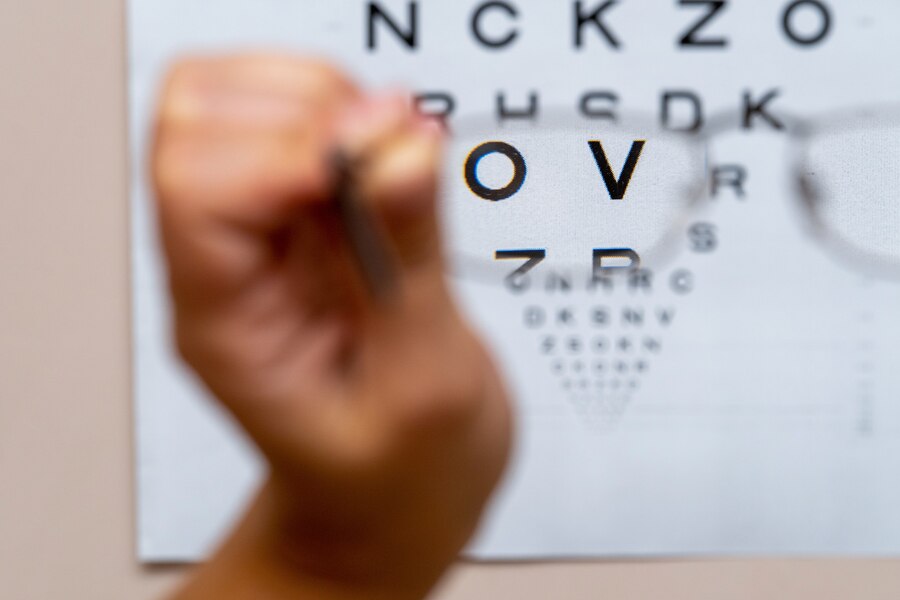

By Haley Holmes
May 16, 2023
In the past ophthalmologists were able to focus almost exclusively on providing eye care advice and treatment to patients. Today, with the widespread increase in the use of EHRs ophthalmologists feel weighed down with the dual roles of providing patient care and maintaining up-to-date patient records. Studies suggest that ophthalmologists spend a substantial portion of patient encounters updating patient records and making sure they meet all compliance standards. As per a study conducted by the JAMA ophthalmology, nearly a third of ophthalmologists' time with patients is spent inputting data into the electronic health records. Well, EHRs create a significant time burden - the time that could have otherwise been spent providing care for patients. To alleviate this burden many ophthalmic practices have started to use the scribes. Let us in this blog post discuss how these time pressures can negatively affect patient care and if a scribe can help.
Does EHR use consume too much of an ophthalmologist’s time?
A study shows that ophthalmologists typically spend eleven minutes examining the patient. Of which they spent three minutes keying in patient data into the EHRs and four and a half minutes talking with patients. It was also observed that ophthalmologists spent nearly three and a half hours a day completing EHRs during their day at work in the clinic. A little more than two hours of this EHR use were typically spent during patient visits, and the remaining hour and a half was used outside of the clinic hours. This clearly shows that EHR usage demands too much of an ophthalmologist’s time and a limited amount of time spent with patients. Ophthalmologists are expected to spend face to face time with patients, gather information, make diagnoses, craft care plans and build relationships. Hence, these time pressures can negatively affect patient care.
Can use of scribes reduce EHR documentation time?
Scribes have been shown to significantly improve patient and provider satisfaction and a considerable reduction in the time spent on EHR documentation. A study was conducted in an ophthalmology clinic at Oregon Health and Science University Casey Eye Institute in order to observe the effect of scribes on documentation efficiency in ophthalmology clinics. Researchers found that use of scribes resulted in increased documentation efficiency through lower total documentation time and less overall note editing by physicians.
Can ophthalmologist see more patients with scribes?
A study was conducted by two ophthalmologists in an academic ophthalmology practice at UT Health San Antonio from January 2018 to April 2018 in order to determine the effect of scribes on the efficiency of ophthalmology practices. The study revealed that using a scribe to provide documentation support can increase efficiency, allowing more patients to be seen or allowing time for other activities such as teaching or research. This is because the use of scribes shortens the average duration of clinic sessions and patient encounters. Due to these outcomes, it allows for additional time within a workday to accommodate more patients or devote more time to research and teaching activities.
What does an ophthalmology virtual scribe do?
A medical scribe is an invaluable asset to a busy ophthalmic practice, helping with clerical aspects of patient care. Ophthalmic virtual scribes provide real-time documentation assistance during ophthalmic visits from an off-site location. They virtually accompany the physician in the exam room to transcribe patient history, physical exam, procedures, and patient plan, as performed by the ophthalmologist. They also assist them in locating tests or prior-visit information pertinent to the encounter. Simply put, ophthalmic scribes handle all electronic medical records and clinical charting off-site, freeing up ophthalmologists to focus entirely on the patient in their exam chair.
The upshot
It is apparent that electronic health records present an increased burden on busy ophthalmologists. Today, ophthalmologists have limited time with patients during office visits, and EHR documentation consumes a substantial portion of that time. Use of scribes in ophthalmology clinics can significantly reduce the time spent on EHR documentation and allow more time for patient care. If you feel that EHRs add to your clerical burdens it’s time you hire Scribe4Me’s ophthalmology virtual scribes to lighten your load. Sounds interesting? Give us a call at (908)736-4180 to learn more about how our ophthalmology virtual scribes can help alleviate the “time burden” of EHRs and allow you to focus on making people see better.

Please fill out this form.
We will reach out to you within 24 hours

Haley Holmes

Haley Holmes

Documentation is an important daily clinical responsibility. In order to optimize patient care, physicians are always on the lookout for new ways to effectively and efficiently document patient visits.
The use of virtual medical scribes has become increasingly popular in the recent years, as medical practices across the country are on the constant lookout for ways to reduce clinical documentation overload, thereby improving overall productivity.
The clerical burden associated with EHR usage is attributed as the number one cause of physician burnout. We also know that physicians spend twice as much time on EHRs and other clerical tasks compared to the time providing patient care.